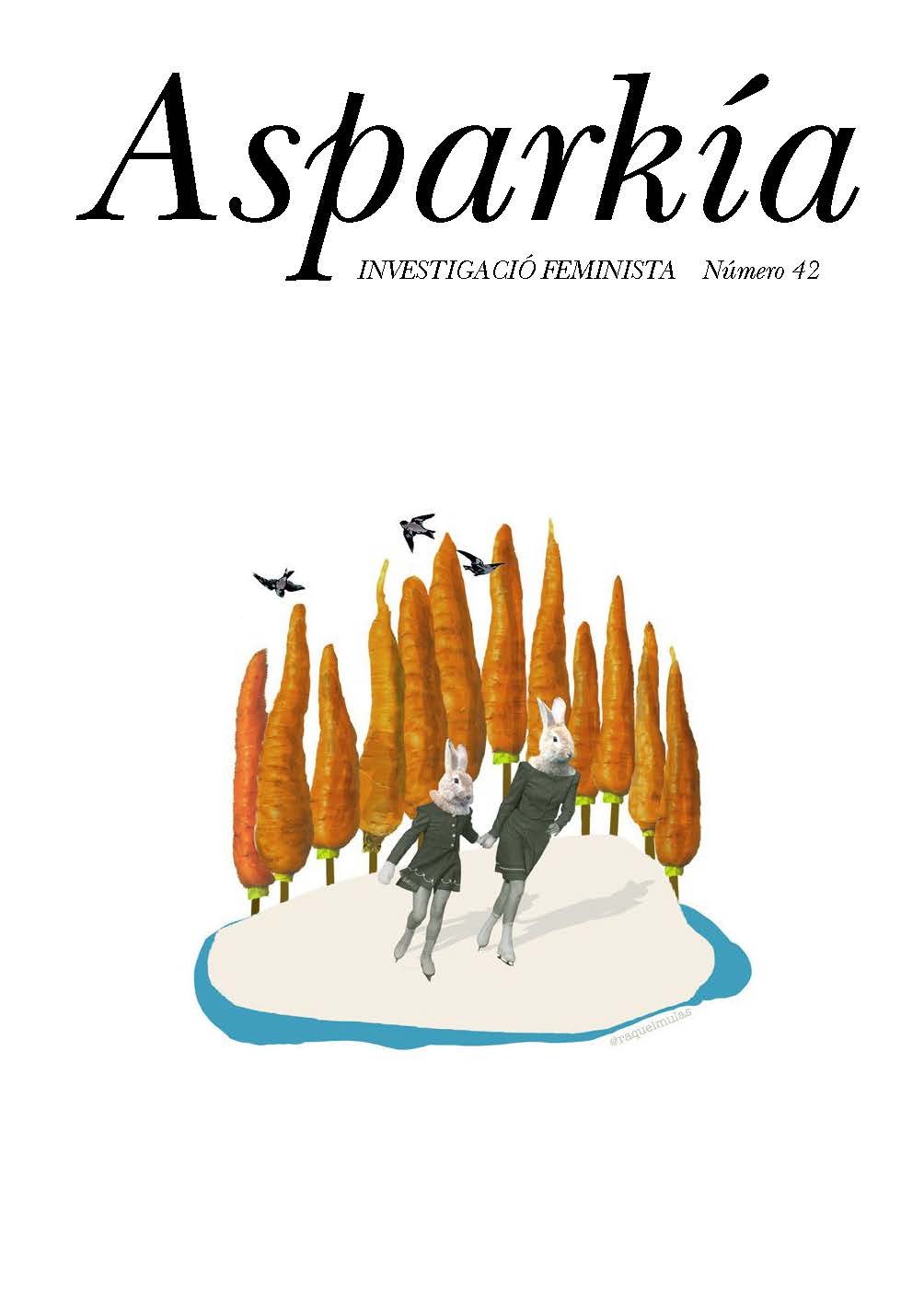LA PASIÓN DE DOS HERMANAS ABOCADAS A LA MUERTE: DE TRISTÁN E ISOLDA A MELANCOLÍA (LARS VON TRIER, 2011)
Contenido principal del artículo
Resumen
Es posible que Melancolía (Melancholia, 2011) sea la película más romántica del cineasta danés Lars von Trier, no solo por la gran potencia lírica de sus imágenes, su belleza, nocturnidad y fatalismo, sino también, y especialmente, por presentarse como una paráfrasis posmoderna del viejo mito de Tristán e Isolda, cuya versión operística fue estrenada por Richard Wagner en 1865, marcando a diferentes generaciones de artistas e intelectuales desde entonces. En este artículo proponemos el análisis de una película que ha incorporado fragmentos de otros relatos para escenificar la experiencia de un goce abocado a la muerte, en el contexto de una fantasía de resonancias astronómicas inspirada en la tragedia de los personajes wagnerianos. El análisis textual que proponemos estará basado en los postulados teóricos del psicoanálisis y tendrá como objetivo demostrar que el planeta Melancolía representa mucho más que un astro de órbita impredecible, por centrar el deseo de la protagonista y llevarla hasta el abismo.
Descargas
Detalles del artículo
Citas
Álvarez, José María (2020). Principios de una psicoterapia de la psicosis. Xoroi Edicions.
Arnheim, Rudolf (1998). El pensamiento visual. Paidós. Trad. Rubén Masera.
Campbell, Joseph (2018). Las máscaras de Dios. Mitología creativa. Volumen IV. Atalanta. Trad. Belén Urrutia.
⎯ (2019). La historia del Grial. Atalanta. Trad. Francisco López Martín.
Colaizzi, Giulia (Ed.) (2021). Cine, interculturalidad y políticas de género. Cátedra.
Colina, Fernando (2011). Melancolía y paranoia. Síntesis.
Freud, Sigmund (1987a). Observaciones psicoanalíticas sobre un caso de paranoia (“Dementia paranoides”), autobiográficamente descrito (Caso “Schreber”), Obras Completas, IV. Biblioteca Nueva. Trad. Luis López-Ballesteros y de Torres.
⎯ (1987b). Análisis de un caso de neurosis obsesiva (Caso «El hombre de las ratas»), Obras Completas, IV. Biblioteca Nueva. Trad. Luis López-Ballesteros y de Torres.
⎯ (1987c). Introducción al narcisismo, Obras Completas, VI. Biblioteca Nueva. Trad. Luis López-Ballesteros y de Torres.
⎯ (1987d). Duelo y melancolía. Obras Completas, VI. Biblioteca Nueva. Trad. Luis López-Ballesteros y de Torres.
⎯ (1987e). Manuscrito G. Obras Completas, IX. Biblioteca Nueva. Trad. Luis López-Ballesteros y de Torres.
García Cid, Eire (2020). Las mujeres violentas de la posmodernidad cinematográfica: aproximaciones y asimilaciones. En Asparkía. Investigació Feminista, 37, 73-91. https://doi.org/10.6035/Asparkia.2020.37.4
González Hortigüela, Tecla y Canga Sosa, Manuel (2022). La interpretación como práctica textual: entre semiótica y psicoanálisis. En Signa: Revista De La Asociación Española De Semiótica, 31(31), 293-313. https://doi.org/10.5944/signa.vol31.2022.2976
González Requena, Jesús (1995). Frente al texto fílmico: el análisis, la lectura. A propósito de El manantial, de King Vidor. En Jesús González Requena (Ed.) (1995). El análisis cinematográfico. Modelos teóricos, metodologías, ejercicios de análisis. Editorial Complutense.
⎯ (2014a). Melancolía. En Trama y Fondo, 36, 33-78.
⎯ (2014b). La construcción de la subjetividad: entre el cuerpo y la cultura. Lecciones sobre la presencia. Seminario impartido en la Maestría en Estudios Culturales Pontificia Universidad Católica de Perú. Disponible en https://gonzalezrequena.com/textos-en-linea-0-2/otros-seminarios/la-construccion-de-la-subjetividad-entre-el-cuerpo-y-la-cultura/
⎯ (2015). En torno a la quemadura. Teoría del Texto vs. Teoría de la Comunicación. En Raúl Eguizabal (Ed.) (2015) Metodologías I. Editorial Fragua.
Koyré, Alexandre (1999). Del mundo cerrado al universo infinito. Siglo XXI. Trad. Carlos Solís Santos.
Lacan, Jacques (1995a). El Seminario 1, Los escritos técnicos de Freud. Paidós. Trad. Rithee Cevasco y Vicente Mira Pascual.
⎯ (1991). El Seminario 3, Las psicosis. Paidós. Trad. Juan-Luis Delmont-Mauri y Diana Silvia Rabinovich.
⎯ (1995b). El Seminario 4, La relación de objeto. Paidós. Trad. Enric Berenguer.
⎯ (2014). El Seminario 6, El deseo y su interpretación. Paidós. Trad. Gerardo Arenas.
⎯ (2009). El Seminario 18, De un discurso que no fuera del semblante. Paidós. Trad. Nora González.
⎯ (2013). «Función y campo de la palabra» en Escritos 1. Biblioteca Nueva. Trad. Tomas Segovia y Armando Suárez.
⎯ (2007). De los Nombres del Padre. Paidós. Trad. Nora González.
Lieber, Shlomo (2020). Lars von Trier’s Melancholia (2011): A Reading. En Lacanian Review online, 223. Disponible en https://www.thelacanianreviews.com/lars-von-triers-melancholia-2011-a-reading/
Martin Arias, Luis (2016). Lo óntico y lo ontológico en Melancholia de Lars von Trier. En Trama y Fondo, 38, 7-34.
Rodríguez Serrano, Aarón (2016). Melancolía. Nau Llibes.
Rougemont, Denis de (1979). El Amor y Occidente. Kairós. Trad. Antoni Vicens.
Von Strassburg, Gottfried (2016). Tristán e Isolda. Siruela. Trad. Victor Millet y Bernd Dietz.
VV. AA. (1980). Actas de la Escuela Freudiana de París. VII Congreso, Roma, 1974. Petrel.
Wagner, Richard (1992). Tristán e Isolda. Libreto. Javier Vergara Editor. Trad. María Antonieta Gregor.


